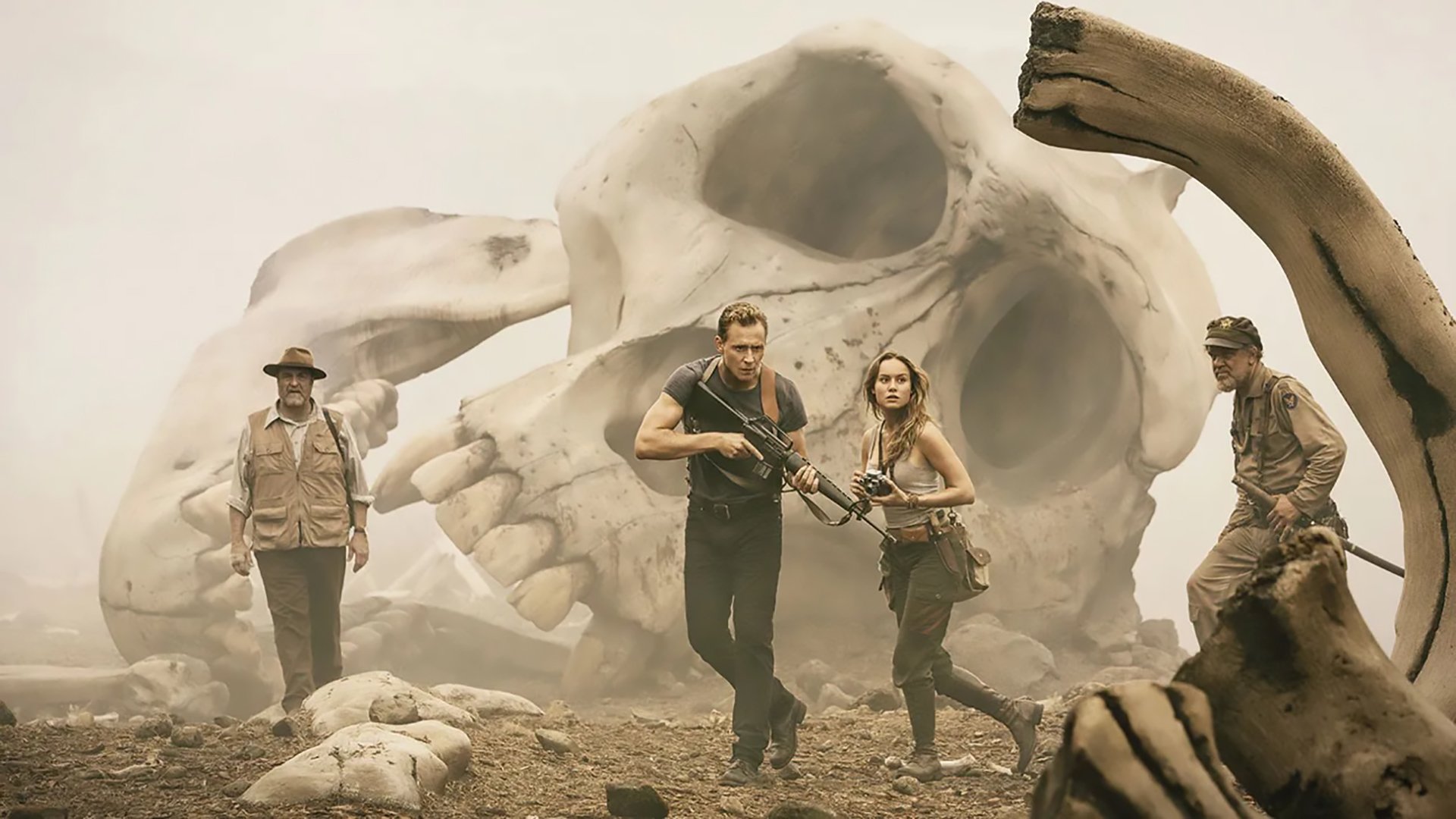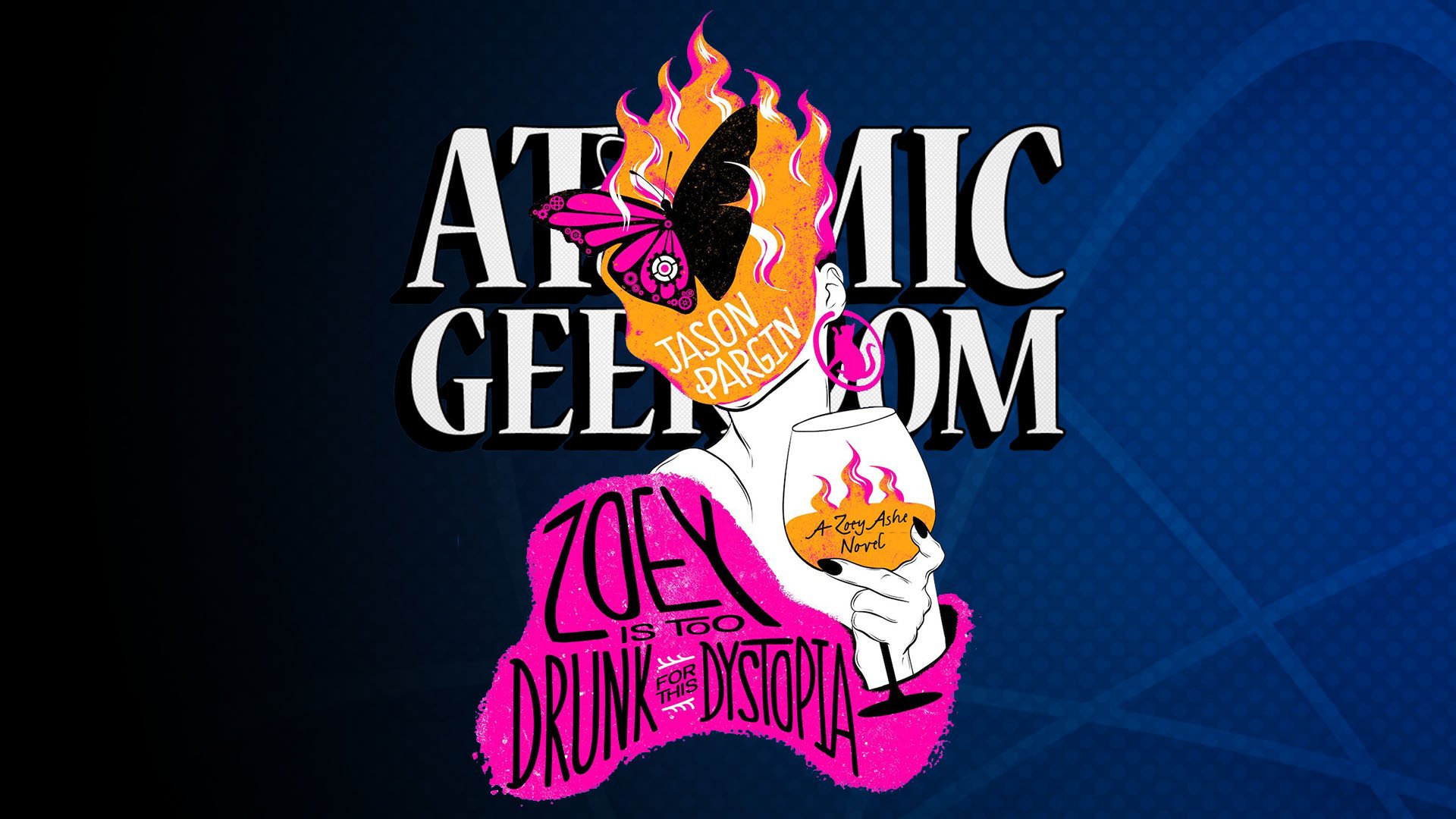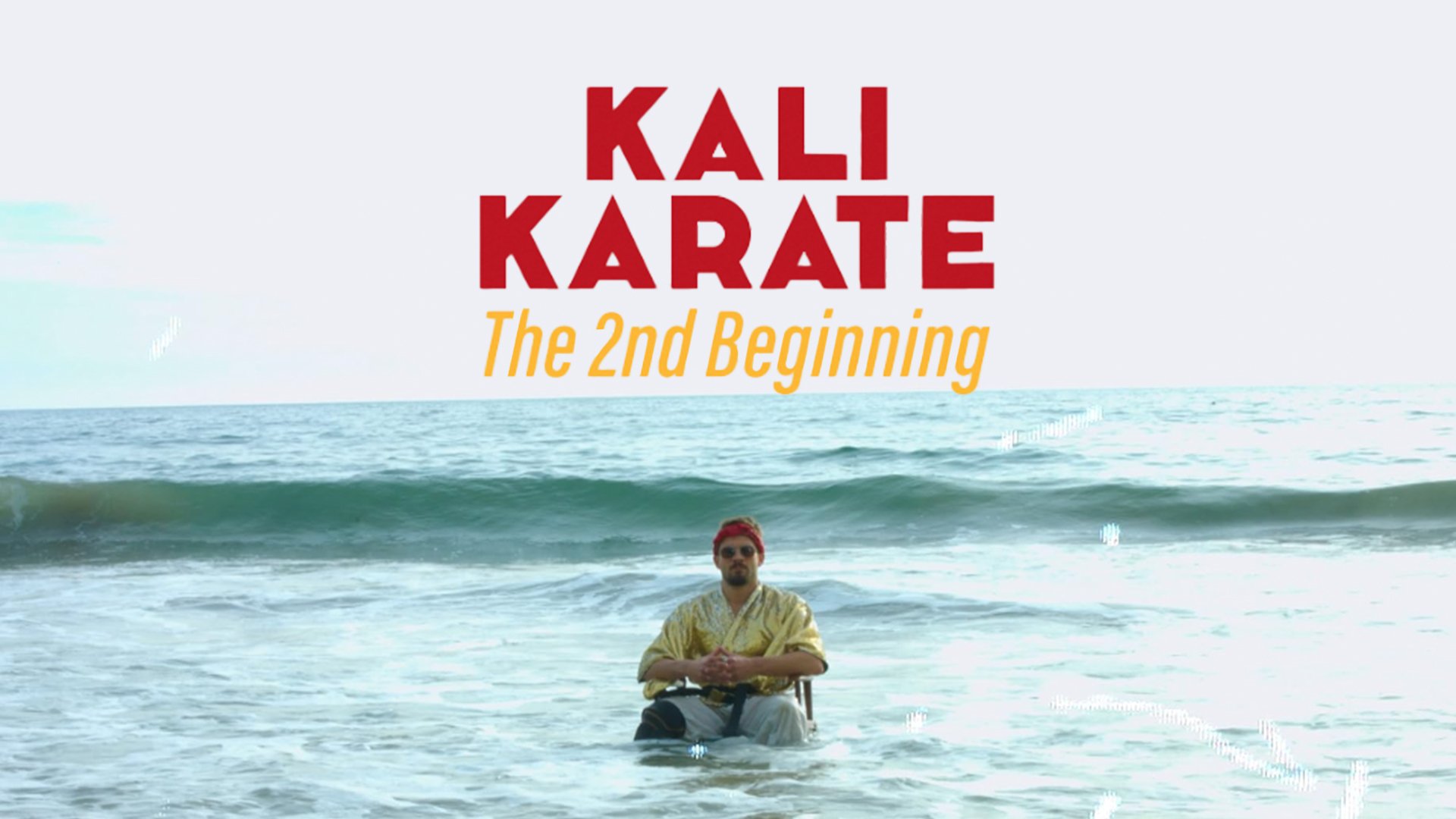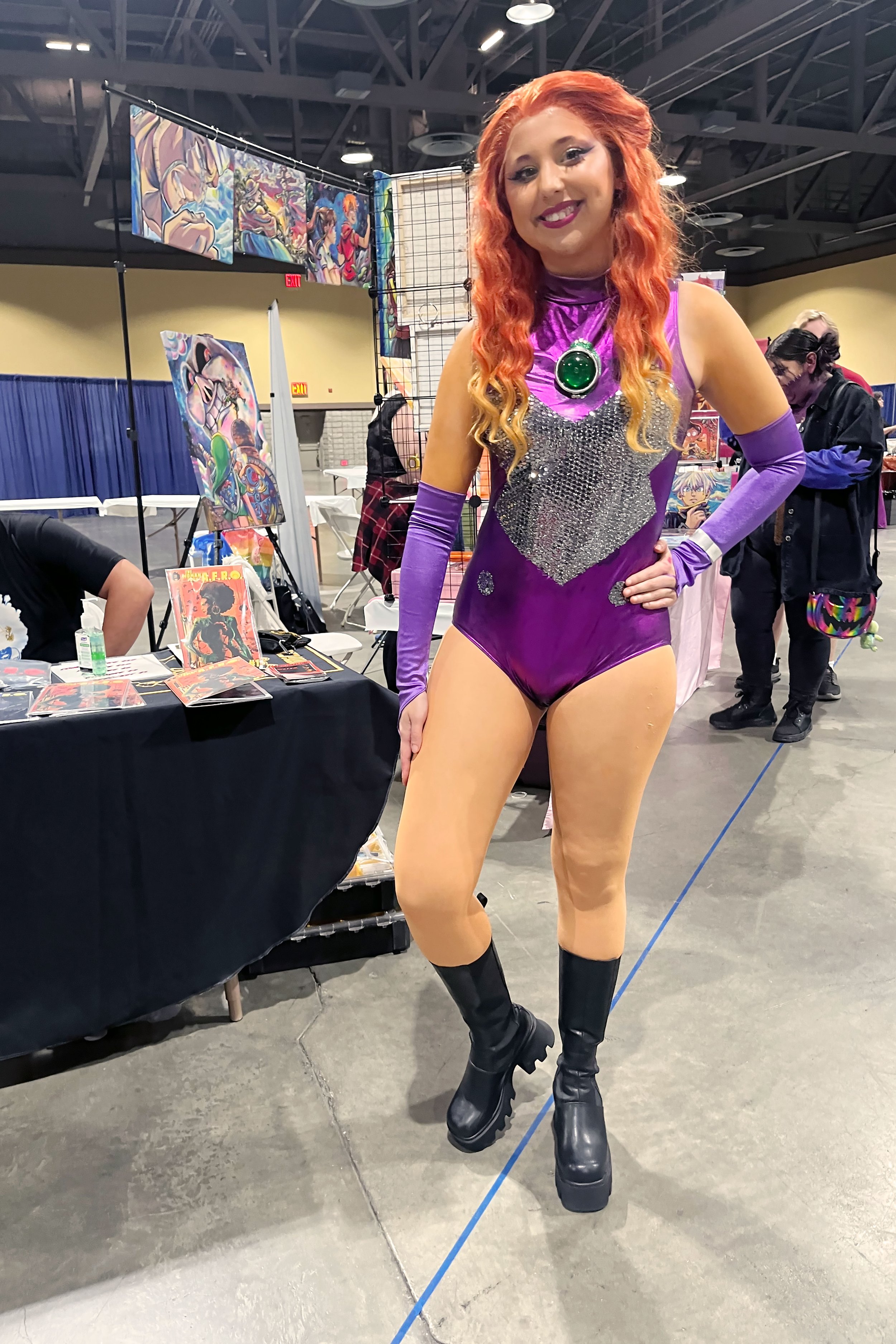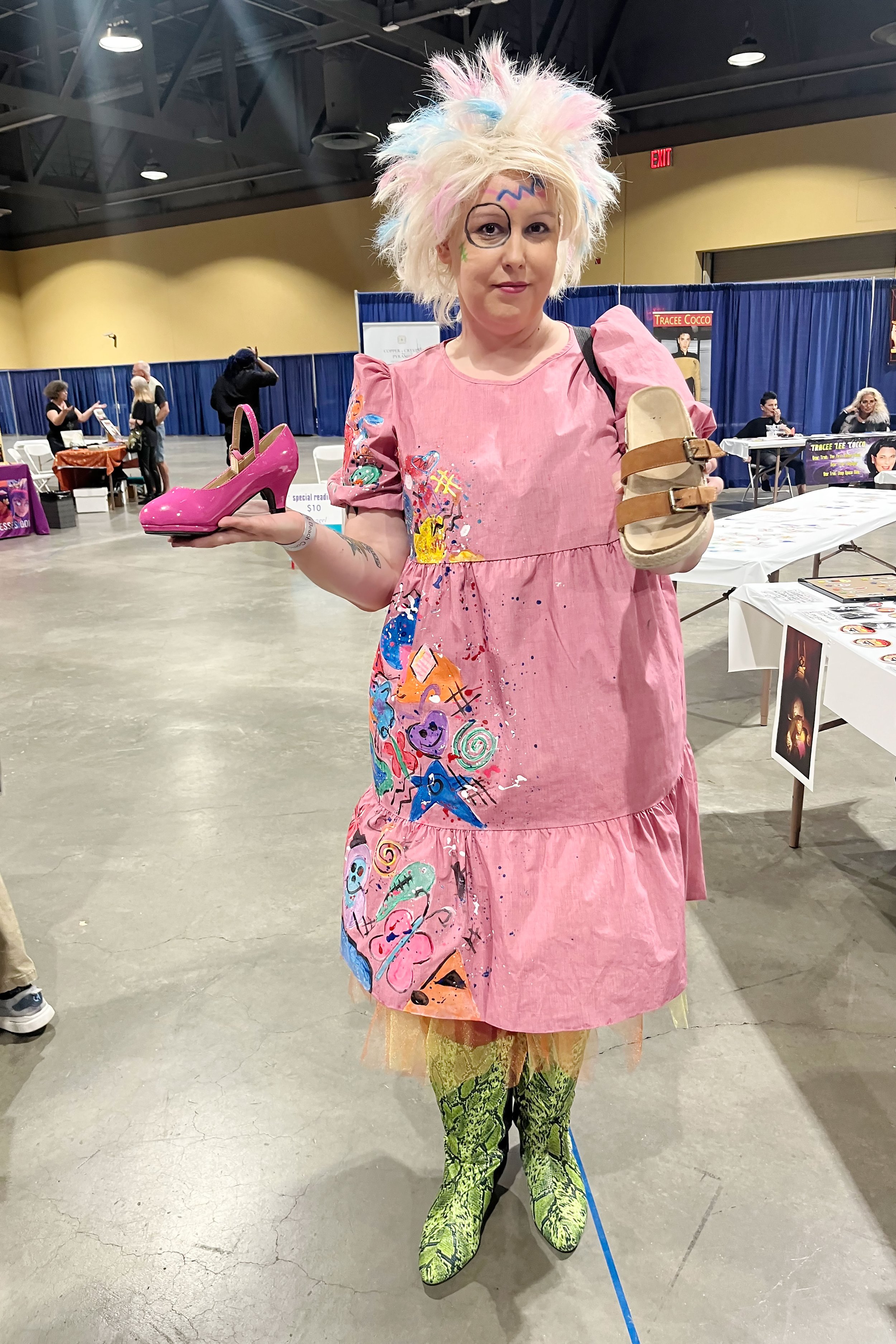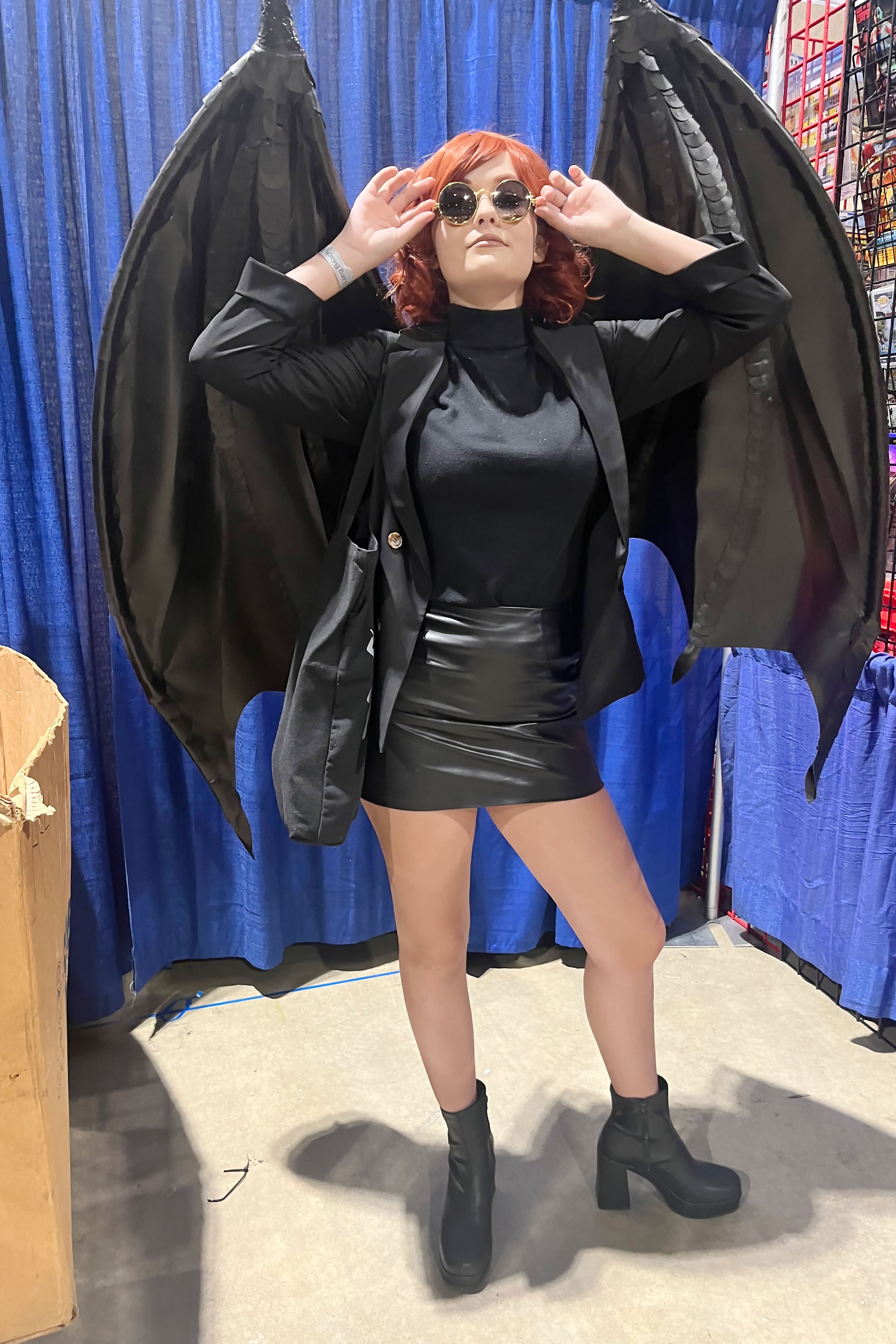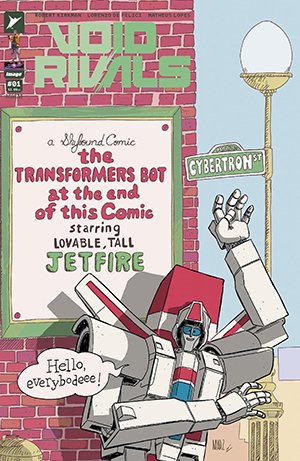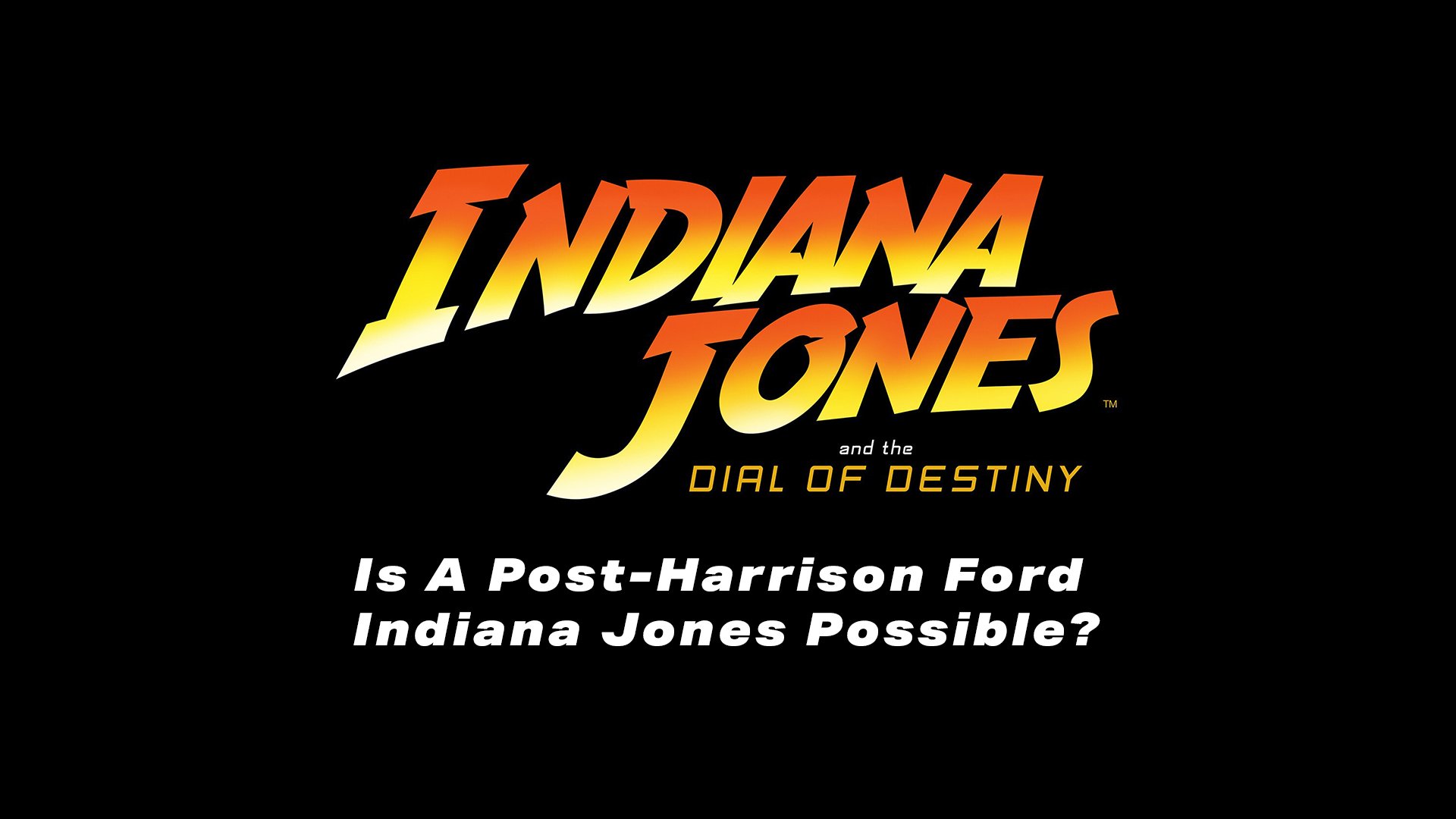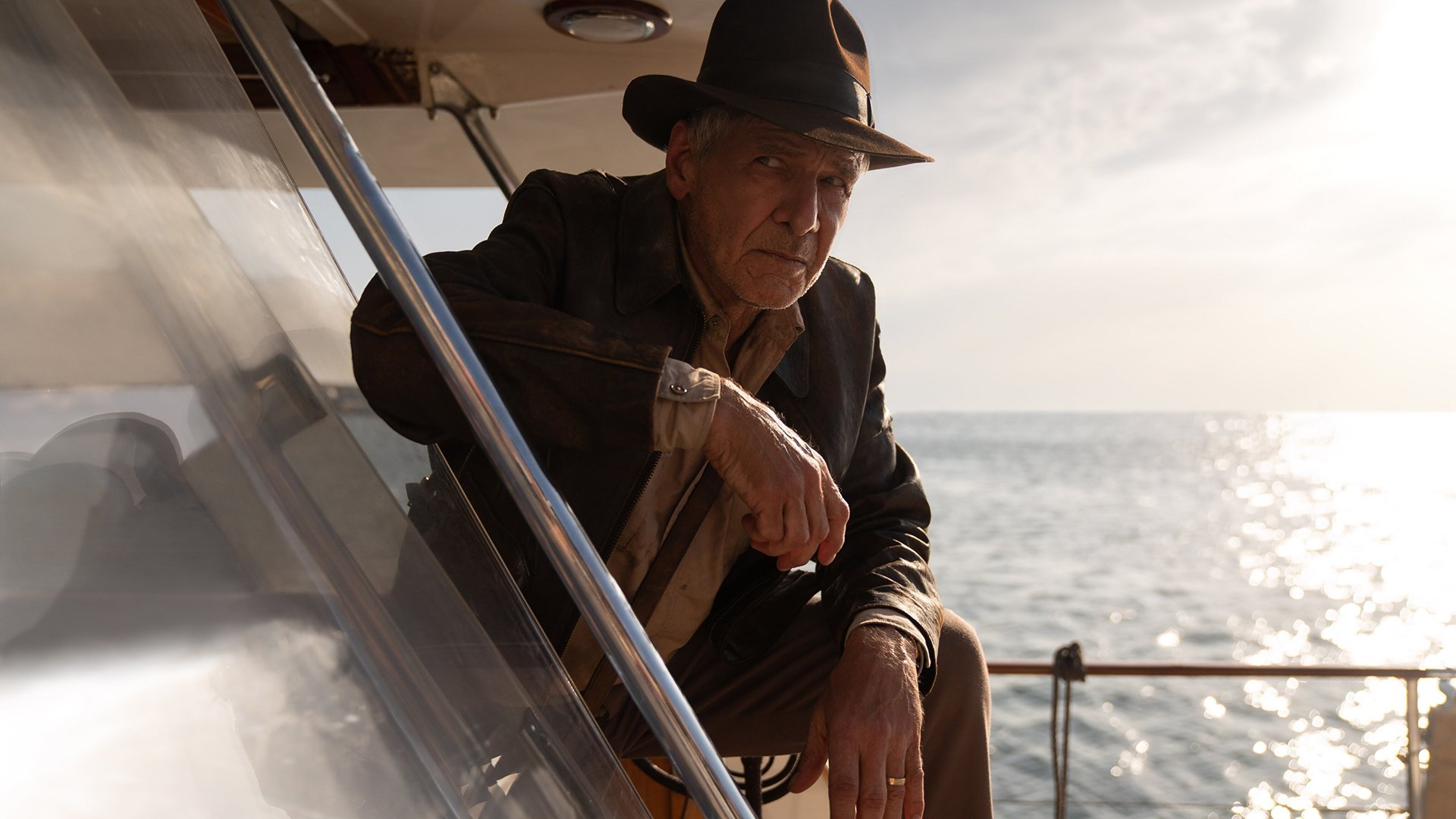D: Michael Dougherty/W: Michael Dougherty & Zach Shields
This is probably the one that I end up watching the most. There are many reasons why Monsterverse fans prefer this film over the others, and the one that is sighted the most is that it has more monster action than the previous Godzilla film. That may be true, but I have one major issue with the film that brings it way down. That’s not to say that I don’t like it. There are many things I love about this film. Godzilla: King of the Monsters has my favorite Ghidorah (it’s also cool that they kept his alien origin) design and the Rodan chase scene is one of the coolest scenes in the Monsterverse. What’s more, Monarch’s flying base, The Argo, is exactly the kind of crazy sci-fi nonsense I like to see in monster movies. So why isn’t this higher?
For one thing, while the special effects are truly top-notch (true across the entirety of the Monsterverse), they’re obscured by an excessive amount of particle effects. Every single fight scene is either covered by a rainstorm or snowstorm, making it very hard to admire the technical mastery being shown on screen. Another issue that comes up with the VFX on display is that Michael Daugherty doesn’t have the eye for scale that his predecessor has. This has the unfortunate side effect of making the monsters feel smaller than they are. This was most likely done to give the audience a better view of the fight scenes, but since they’re obscured so much, it just compounds the issue. Ultimately, I just find the film to be visually ugly, and the fight scenes pretty dull. There are cool things in the fights like Burning Godzilla, but there’s not a lot that “wows” me about the action scenes.
Even though the villains, including Vera Farmiga’s Dr. Emma Russel, are lacking in strong characterizations, Godzilla: King of the Monsters still has some standouts. The likes of Bradley Whitford, O'Shea Jackson Jr., and Thomas Middleditch all get some fun moments and quippy lines that are worth a laugh. The movie tries, in vain, to make the Russel’s family drama work, but there’s not a lot on the page for any of the talented actors to work with. Maddy (Millie Bobby Brown) and Mark Russel (Kyle Chandler) are more bland than the colorful cast of characters that surround them, but they’re interesting enough to move the plot forward.
Another one of my issues, which is minor, is the killing of Dr. Graham (Sally Hawkins) in favor of Kyle Chandler’s Mark Russel. Since Sally Hawkins is a returning character, audiences are already familiar with her and therefore can connect with her more easily. I’m not saying she’s a massively well developed character from the previous film, I’m saying that it’s easier to connect with a returning character than it is with a new one, such as Dr. Mark Russel. For some reason, the creators of the film decided that killing both Dr. Serizawa (Ken Watanabe) and Dr. Graham was a good idea. Certainly, the death of Serizawa is earned and a beautiful moment for the character, but it was Graham who should have been placed as the head of Monarch after Serizawa in my opinion.
Speaking of Monarch, something that I really enjoy about the Monsterverse is the creation of the organization. In Godzilla: King of the Monsters, Monarch gets an upgrade from a few people chasing monsters to a bonafide monster containment force. I really like this expansion because it helps the franchise more organically lean further into some fun sci-fi tropes and pivots away from relying on the military to drive the plot. The opening scene with the newly hatched Mothra is a really good way to showcase how Monarch are really the only people qualified to deal with the return of these massive creatures.
There’s a really cool Mothra easter egg that’s in this movie that I wish they went further on, or at least could pursue in the future. The movie dabbles in the more mystical side of the Godzilla franchise with the inclusion of Mothra and is able to sneak in the “Mothra twins” because of it. In the original Japanese canon, Mothra always has two twin fairies that are connected to her. Godzilla: King of the Monsters includes all the previous fairy actors as former Monarch agents and implies that Dr. Chen & Dr. Ling (both played by Ziyi Zhang) are the new iteration of the twin fairies, by implying that her family has a supernatural history and connection with Mothra. I hope that future films or even Monarch: Legacy of Monsters could expand on this idea.
Truthfully, Godzilla: King of the Monsters isn’t as hollow as I originally thought. While the big-budget monster action is definitely the point of the film, it does attempt to tell a story about humankind's relationship with the natural world. The idea of “good radiation” is weird, but the movie’s heart is in the right place. Everything the villains do is in favor of bringing the world back to its “natural state”, where the Titans rule and the humans serve under them. It probably would have worked, but Ghidorah isn’t from the Earth so it puts a wrench in their plans when he starts making everything go wrong. Even the heroes know that Godzilla is the true protector of the natural world and the only way humans can survive is through a harmonious relationship with Godzilla/the natural world. It’s pretty surface level but it works more often than it doesn’t. Speaking of Ghidorah, I hope we’ll see more Toho original monsters in future installments.
The biggest thing that I love about this film is its soundtrack. Bear McCreary is a composer that I’ve loved since Battlestar Galactica. But with Godzilla: King of the Monsters, he really brings his “A”- Game. The new renditions of both Mothra’s theme and Godzilla’s theme are excellent, truly delivering the idea that these creatures are gods and protectors. He also creates new themes for Ghidora and Rodan that are instantly iconic. To my memory, the two of them didn’t have themes in the original Japanese films (I could be wrong), so it’s very cool to get some true bangers here. Not to diminish the other composers in the Monsterverse, especially because I like Alexandre Desplat’s score for the first film, but McCreary delivered something a cut above.
While the environmentalism message is a part of the film, it ultimately succumbs under the weight of expectations. There’s a prevailing issue in Western audiences' views of monster movies, which is that human drama gets in the way of monster action (hopefully Godzilla: Minus One changed that). So Godzilla: King of the Monsters is constantly trying to find the balance of human drama and monster action but is ultimately falling short. I wish I loved it like my fellow monster fans but it doesn’t quite reach the heights of the earlier entries.






















